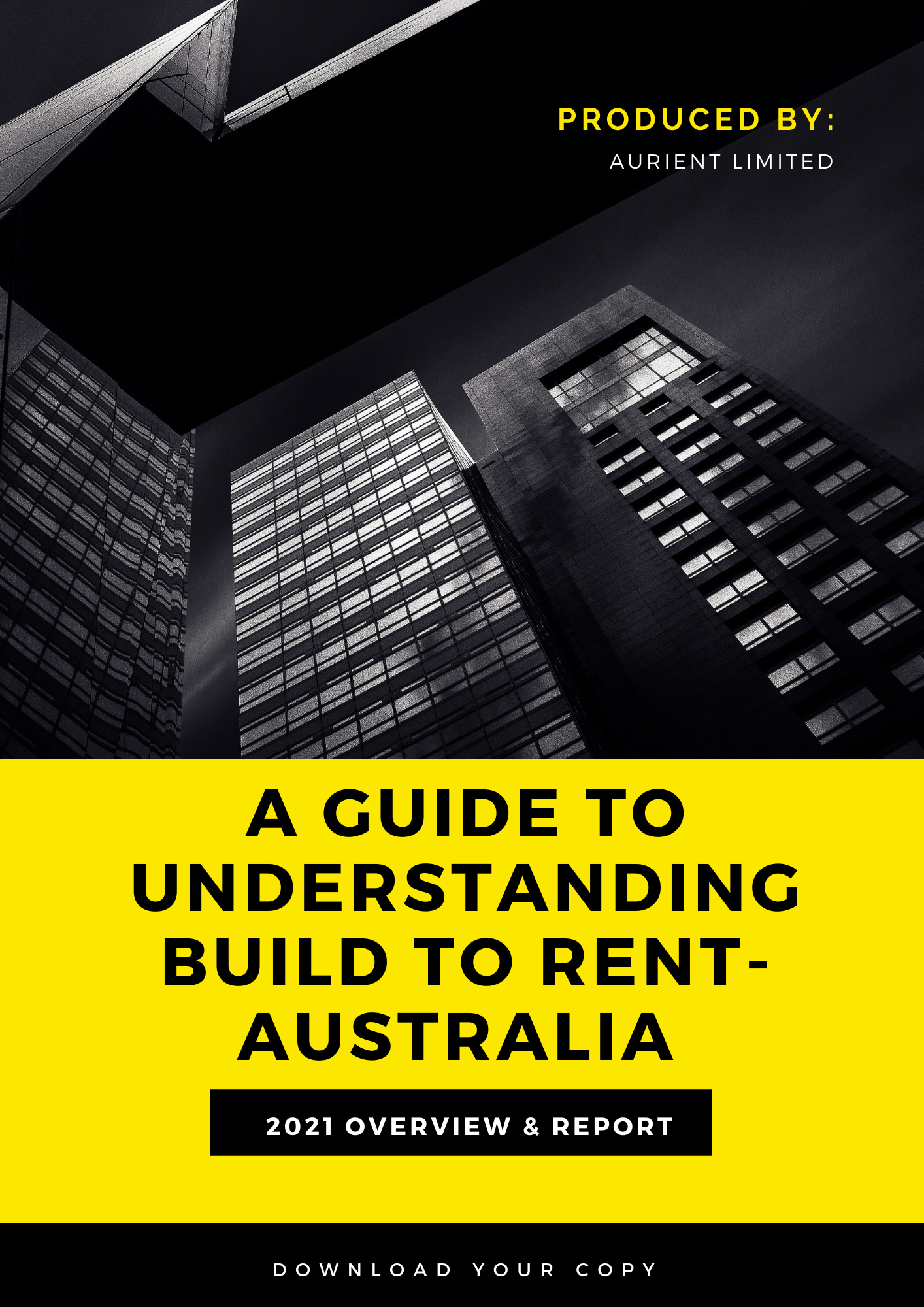Capital from around the globe is flowing into the Australian Build to Rent (BTR) sector in billions as this burgeoning sector gains momentum – and there is a lot more to come.
It seems like every few months, there is a new article mentioning another group with a few hundred million dollars earmarked for the development of new BTR projects in Australia.
In February 2021, US Build to Rent specialist Greystar established an AU$1.3 billion fund, Australia’s most significant “Build to Rent” venture at that time.
In July 2021, Qualitas AU$1 billion Build to Rent Impact Debt Fund (QBIF) made its first transaction, delivering Brisbane’s first high-density BTR development.
Participants in the sector claim that BTR buildings can offer secure, long-term tenancies in quality apartments with professional property management.

These features do not always apply to single, individually owned rental properties, which currently comprise most rental properties.
The challenges of the pandemic have fuelled international appetite for the sector across Australasia, primarily driven by the resilience of the BTR sector in the more mature global markets and the investment performance of operational assets.
With Covid impacting many businesses and commercial real estate returns, residential projects remain relevant by providing people with a safe place to live (and also work in many cases) and have proven to be resilient and pandemic-resistant.
And there is a lot more money still coming in this exciting yet new niche.
In 2018 barely 0.2% of private residential rental property in Australia was provided by institutional investors (Invesco Real Estate estimates).
So while BTR is a positive move away from the current rental supply being driven by ‘Mum and Dad’ individual investors towards a more professional, consistent, and high-quality offer, trending to provide greater security of tenure, it is still only a tiny ripple in the overall housing market.
That speaks to a brand new and growing segment of demand in Australia: renters by choice.
They can buy, but they are choosing to rent for the flexibility and convenience.
And it is these people that many BTR developers are looking to attract into their projects.
Built to Rent appeals to singles, families with young children, single parents and divorced people.
Above all, singles are a growing population segment, representing around 24% of all households in Australia (2016 Census) and increasing.
And couples WITHOUT children are now the most prevalent family group in Australia overtaking couples WITH children.
According to the 2016 Census, there were 6,070,000 families in Australia.
Most of these families represented couples without children (37.8%) and couples with dependent children (36.8%).
From 1976 to 2016 : The proportion of couple families without children increased.
The proportion of couple families with children decreased - a trend that applied to both those with dependent children and those with non-dependent children only.

Note: Other families include one-parent families with non-dependent children. Sources: ABS 1976-2016 Censuses Credit: Australian Institute of Family Studies 2020
Across all groups and segments of the population, the pace of household formations (the primary driver of housing demand) will continue to increase.
Demographic trends, including solid migration post-Covid, will converge to drive demand for rental property ever higher, but construction of new apartments is not keeping up.
High rise particularly has plummeted since the approvals peak 2015-2016.





